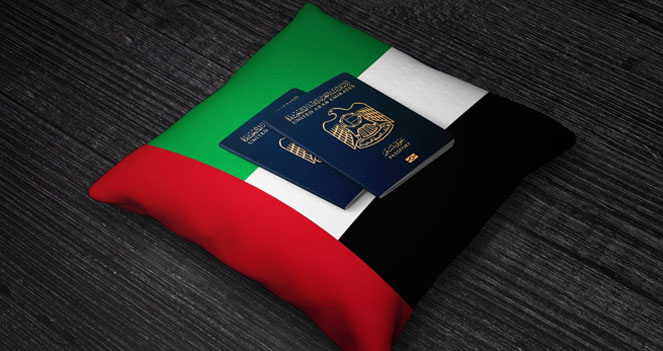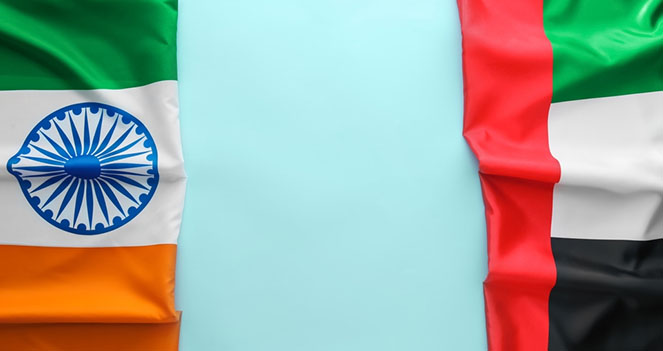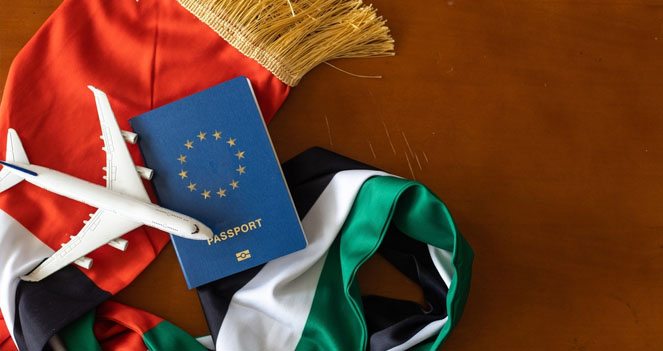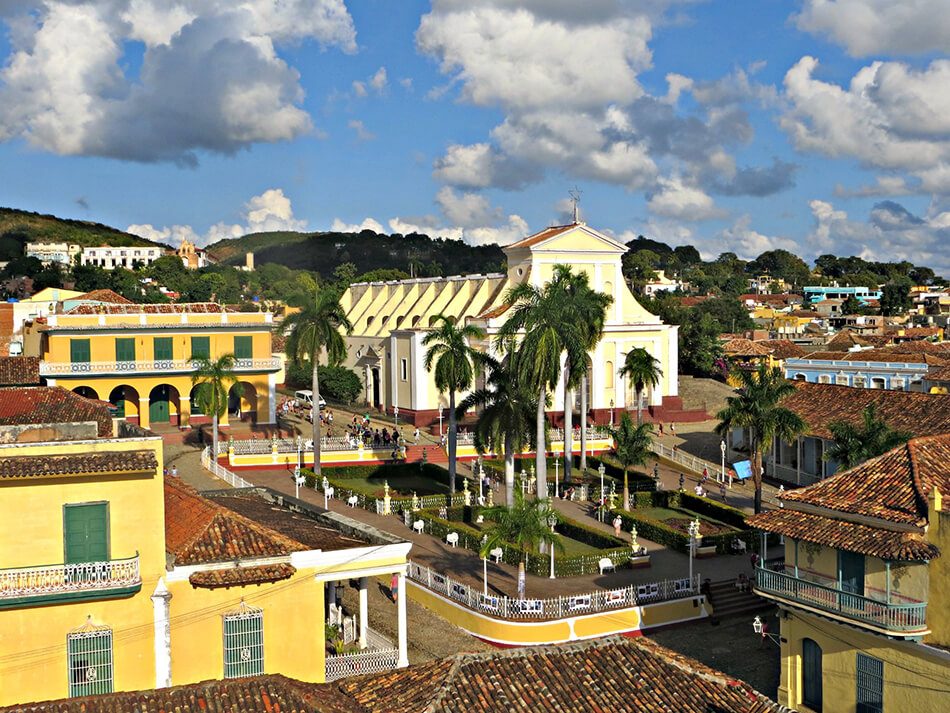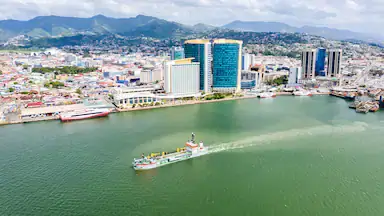
Trinidad and Tobago is an island nation in the southeast Caribbean. It comprises several smaller islands besides the two main islands, Trinidad and Tobago. Trinidad and Tobago, which together with Guyana make up the two southernmost links in the Caribbean chain, are located near South America, northeast of Venezuela. The area of Trinidad, the bigger of the two major islands, is approximately 1,850 square miles (4,800 square km). At its closest point, it is 7 miles (11 km) from the Venezuelan shore and divided by the Gulf of Paria and two constricting canals, where there are several little islands and rocks. Tobago, a much smaller island with a surface area of roughly 115 miles (300 km), is located 20 miles (30 km) northeast of Trinidad.
In 1962, Trinidad and Tobago won independence from the United Kingdom and joined the Commonwealth and the UN the following year. In 1976, a republic was established. On Trinidad's northwest coast, Port of Spain serves as the nation's capital for Trinidad and Tobago.
Trinidad and Tobago has a tropical climate with a high relative humidity level. The minimum temperature in January and February, typically the coldest, is roughly 68 °F (20 °C). The three months with the highest average maximum temperatures—April, May, and October—are 89 °F (32 °C).
The first settlers of Trinidad were presumably Arawakan speakers who came from the delta of the Orinoco River in northeastern South America. There were also Cariban speakers there by the time the Spanish arrived in the 16th century, primarily on the north shore.


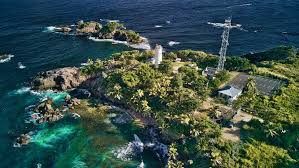
 Dubai
Dubai  Qatar
Qatar  Kuwait
Kuwait Oman
Oman Yemen
Yemen Saudi Arabia
Saudi Arabia  Bahrain
Bahrain Egypt
Egypt Turkey
Turkey Romania
Romania  Russia
Russia Ukraine
Ukraine Schengen
Schengen  United Kingdom
United Kingdom  Canada
Canada USA
USA Singapore
Singapore Malaysia
Malaysia  Japan
Japan Thailand
Thailand  Mexico
Mexico Hong Kong
Hong Kong  Philipines
Philipines Vietnam
Vietnam Armenia
Armenia kazakhstan
kazakhstan  Australia
Australia New Zealand
New Zealand South Korea
South Korea South Africa
South Africa Uganda
Uganda Ghana
Ghana Kenya
Kenya Sudan
Sudan Morocco
Morocco Israel
Israel Syria
Syria Lebanon
Lebanon  Iran
Iran Iraq
Iraq Azerbaijan
Azerbaijan  Austria
Austria  Belgium
Belgium The czech republic
The czech republic Denmark
Denmark Estonia
Estonia Finland
Finland France
France Germany
Germany Greece
Greece Hungary
Hungary  Iceland
Iceland Italy
Italy Latvia
Latvia Liechtenstein
Liechtenstein Lithuania
Lithuania Luxembourg
Luxembourg Malta
Malta the Netherlands
the Netherlands Norway
Norway Poland
Poland Portugal
Portugal Slovakia
Slovakia Slovenia
Slovenia Spain
Spain Sweden
Sweden Switzerland
Switzerland Afghanistan
Afghanistan Albania
Albania  Algeria
Algeria 
